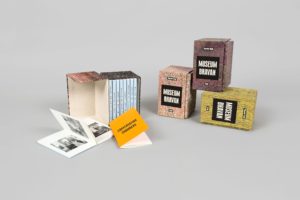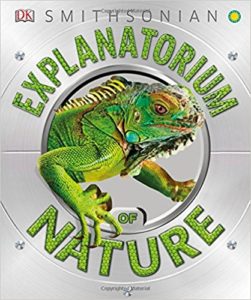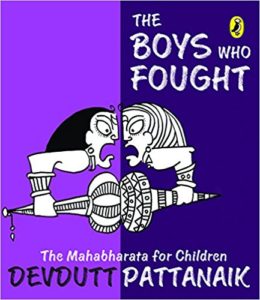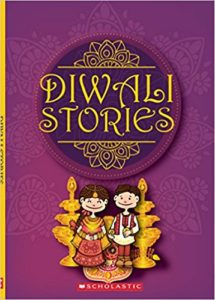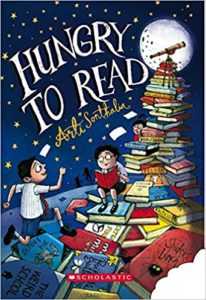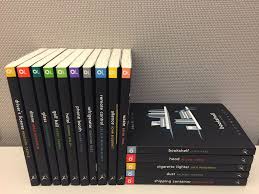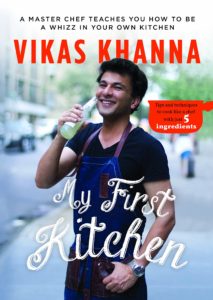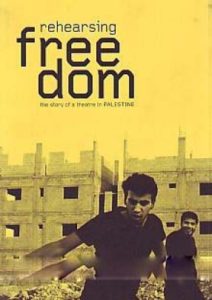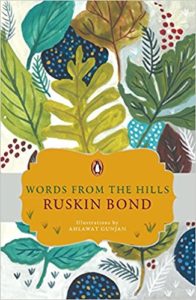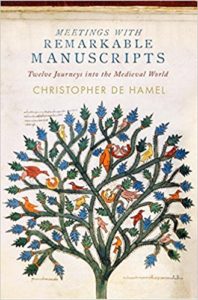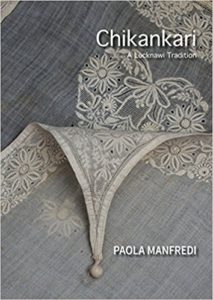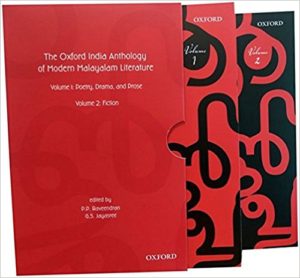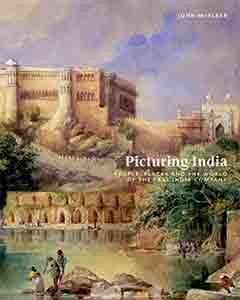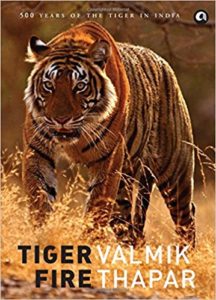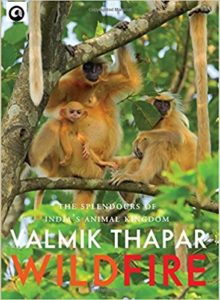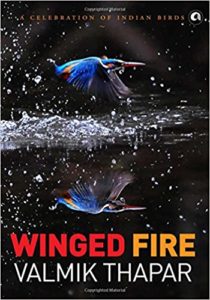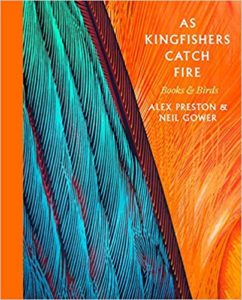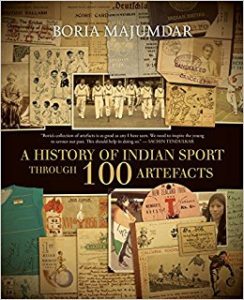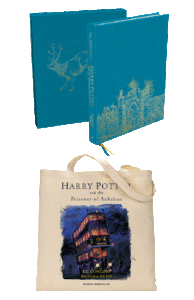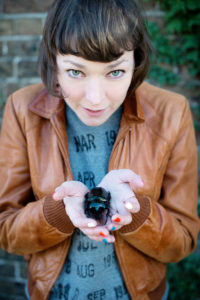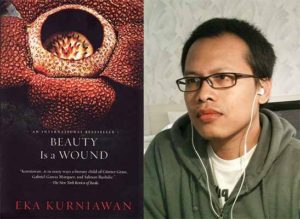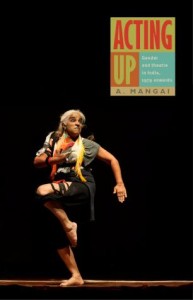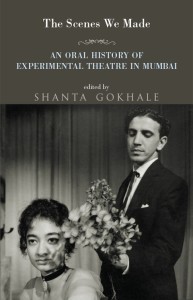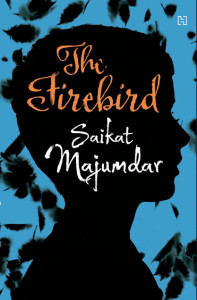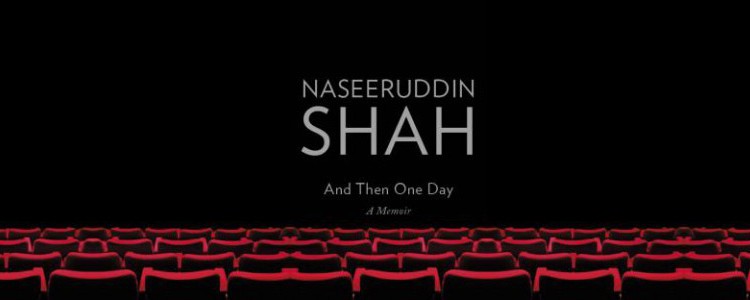“Halla Bol: The Death and Life of Safdar Hashmi” by Sudhanva Deshpande
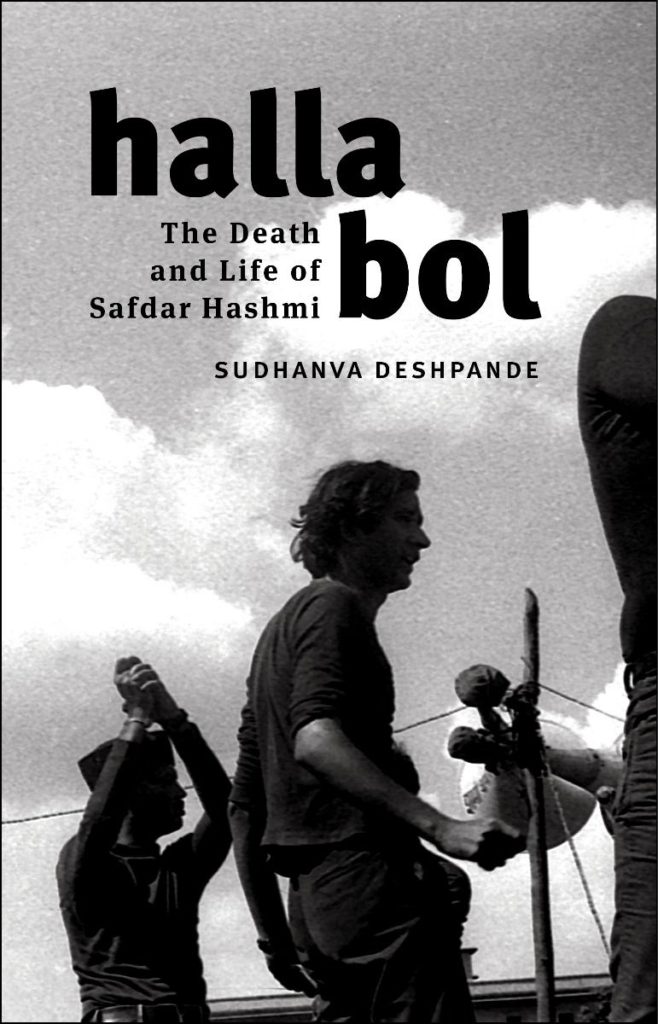
Sudhanva Deshpande’s Halla Bol: The Death and Life of Safdar Hashmi is an account of the left activist Safdar Hashmi who was brutally murdered on 1 Jan 1989 at Jhandapur, Ghaziabad. Safdar Hashmi was 34 years old. Jan Natya Manch was staging a 30-minute play called “Halla Bol” on the road when the actors were interrupted by some politicians who wished to cross. Hashmi requested them to return in a little while. They seemed to listen and turn away except they returned bearing iron rods. They attacked the troupe leaving Safdar Hashmi very badly injured. He had been hit on the head many times. By the time of his death Hashmi had been hugely influential in street theatre with his group called Jan Natya Manch or Janam. He was a member of the CPI ( M).
In Halla Bol Sudhanva Deshpande recalls the earth-shattering events of the day. He was one of those who took the injured Safdar Hashmi to hospital. Working “backwards” from the opening scene of the murder of Hashmi, Sudhanva Deshpande recalls the main highlights of Safdar Hashmi’s life. Both men share similar qualities of being street theatre practitioners and a political activists. So while this book is promoted as a biography, it falls more into the category of a memoir and an unusual one at that — a collective memoir. Through much of the book Deshpande is able to rely upon memory as in many instances he bears witness to the events that occured but for many others he interviewed many people who knew Safdar Hashmi and/or had worked with him. There is a veritable army of people mentioned in the text and acknowledged at the end of the book too. It is a democratic inclusiveness of all those who knew Safdar Hashmi — as a man, a colleague, a relative, a theatreperson, a political activist etc. Deshpande’s account while highlighting that Hashmi used the arts for communicating his politics. As cultural critic Kunal Ray mentioned in his review of the book, “Street theatre is political. It began as a workers’ movement against capitalism. As a medium of performance, it facilitates direct conversation or confrontation with the audience or onlookers defying the restrictions and gentility of a proscenium space. It also undermines the hierarchy of the performer and the audience. Street theatre is democratic and Safdar Hashmi believed in a vision of the arts that is secular and people-oriented. He also believed in an art advocating social justice. It is therefore impossible or perhaps unpardonable to think of Safdar without his politics.” ( Kunal Ray, “Review: Halla Bol – The Death and Life of Safdar Hashmi by Sudhanva Deshpande”, Hindustan Times, 24 April 2020) . Interestingly enough National Street Theatre is 12 April which is also Safdar Hashmi’s birthday.
Halla Bol is an interesting testimony of a life well lived and rudely cut short by hooligans. It may be considered a biography but is more of a primer on theatre in India with a fascinating account of the evolution of street. More importantly an amalgamation of traditional forms of artistic expression that was combined with drama for a public performance. Today we take this for granted, whether watching a play, reading a book or even watching a film. In the 1980s it was still a brand new concept and had the desired impact upon the audience, mostly workers for Jan Natya Manch performances, and who suddenly did not feel alienated any more from cultural performances as plays like “Halla Bol” used vocabulary, situations, dialogue etc that was familiar — “Just like us”. Safdar Hashmi was undeniably sharp, intelligent, a hugely gifted artist, a visionary and knew how to combine smartly political acts with creative expression. Yet there are moments in the book which make it seem like a hagiography since all those interviewed or reminiscing about Safdar Hashmi continue to miss the man fiercely. In a biography one expects there to be a distancing between the author and his subject offering a perspective to the reader but this does not always happen in Halla Bol. Nevertheless this book is a treasure trove of memories, a people’s history of theatre movement in India, evolution of street theatre, documentation of various attitudes towards performing theatre, empowering future generations of theatrepersons by enabling them to be confident in borrowing elements from traditional forms of theatre/ folk art and making it their own. Within months of its publication the book has been translated into quite a few Indian languages. It is a seminal book on Indian theatre.
Read Halla Bol
4 May 2020

